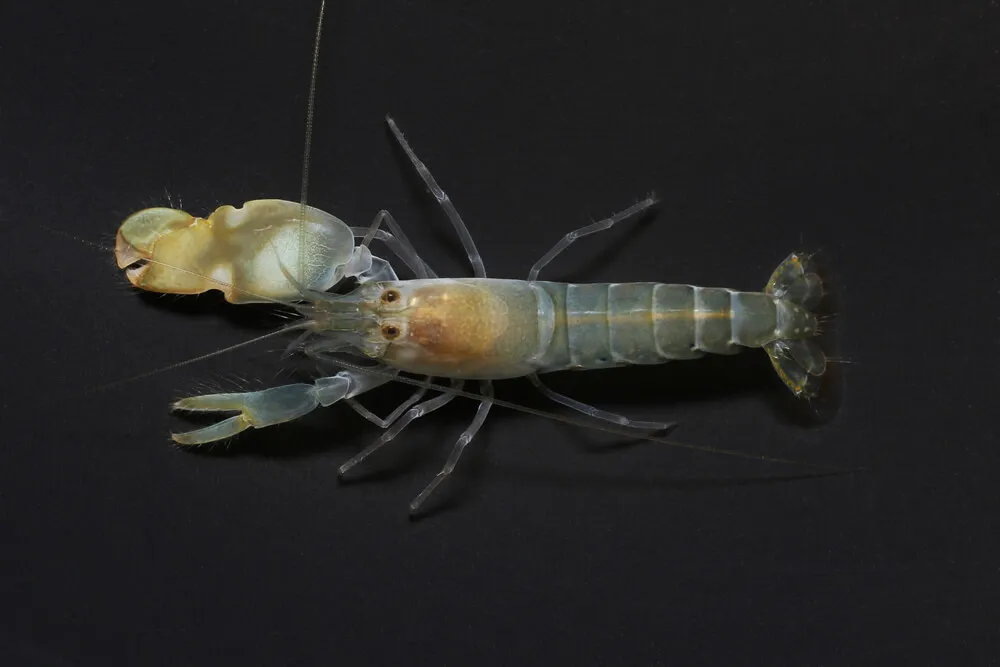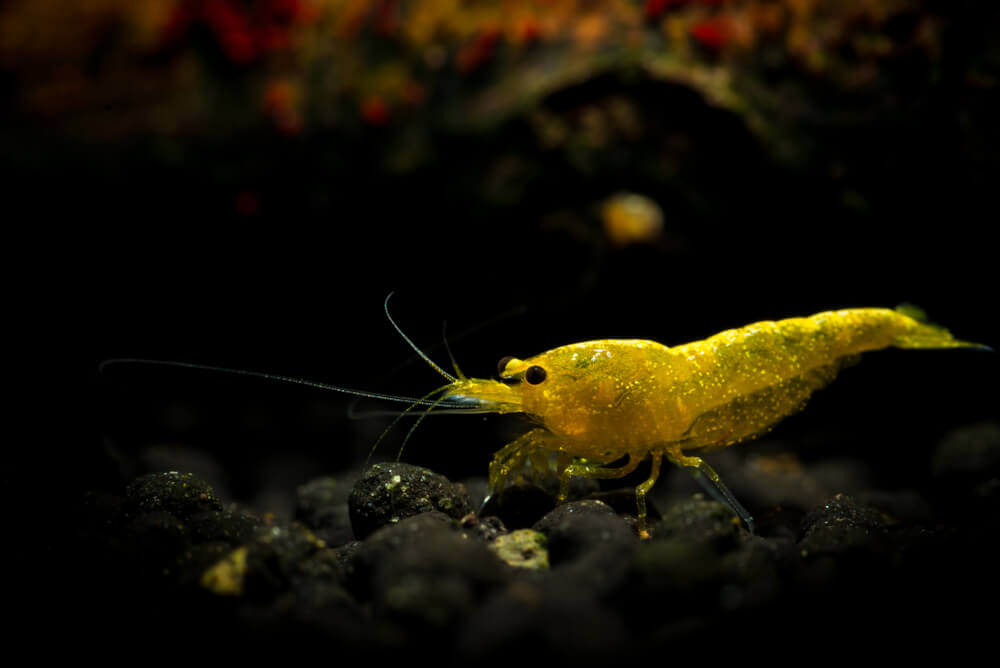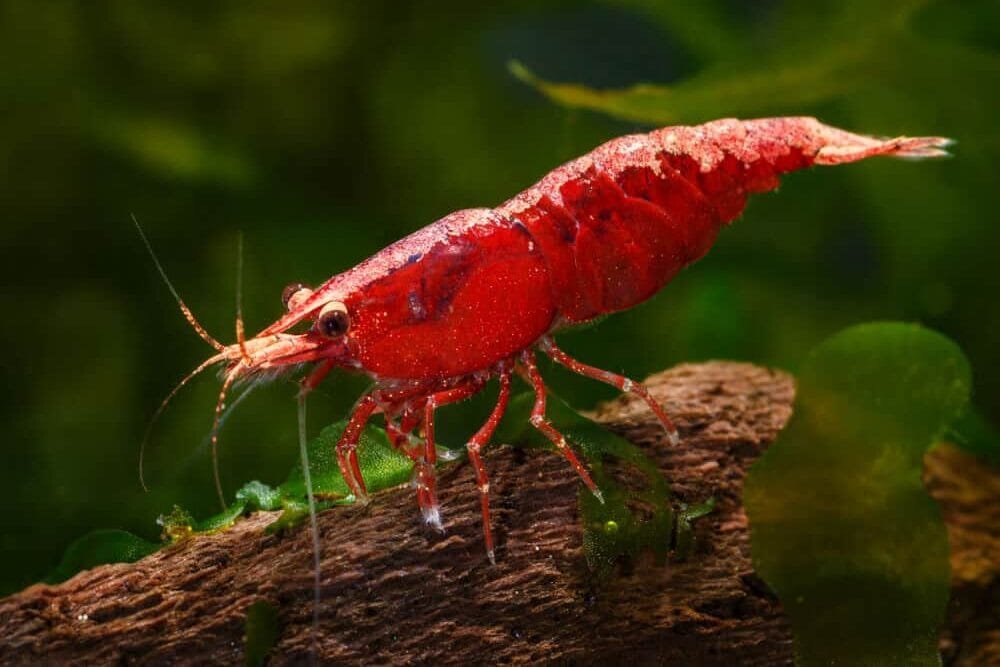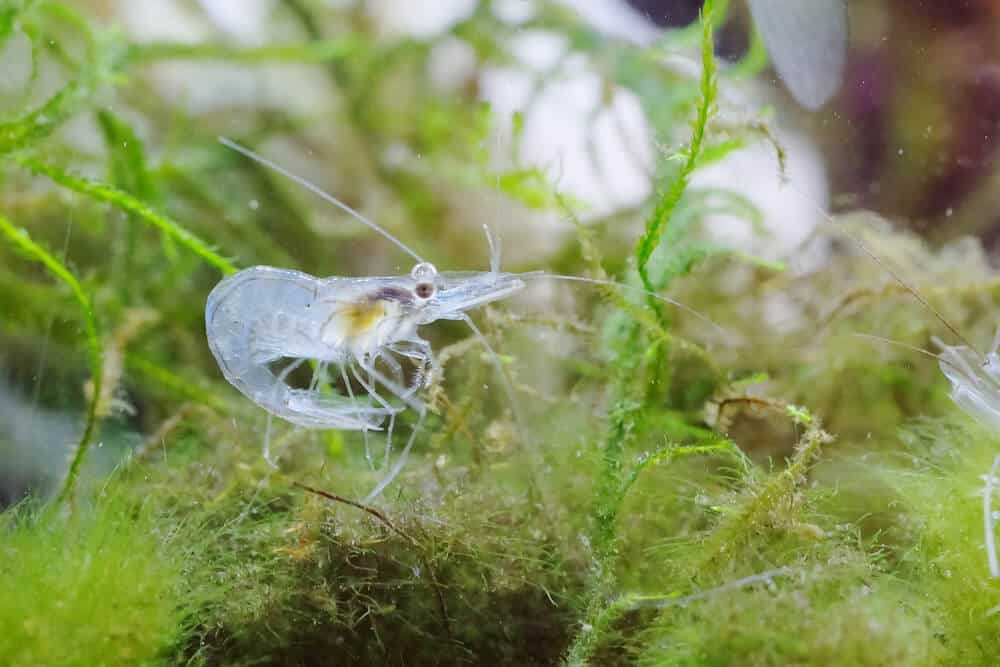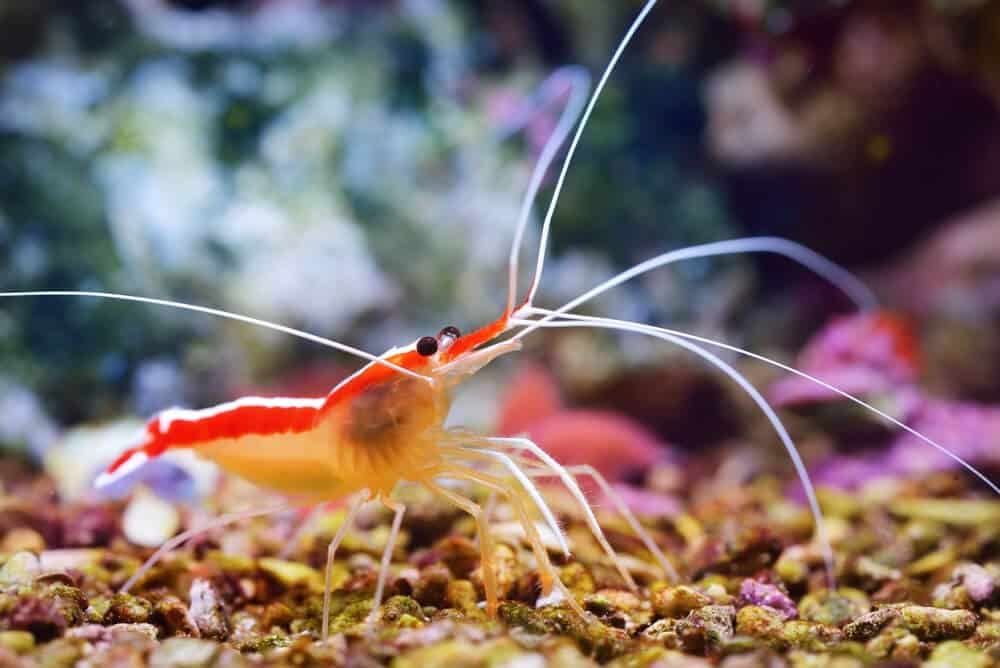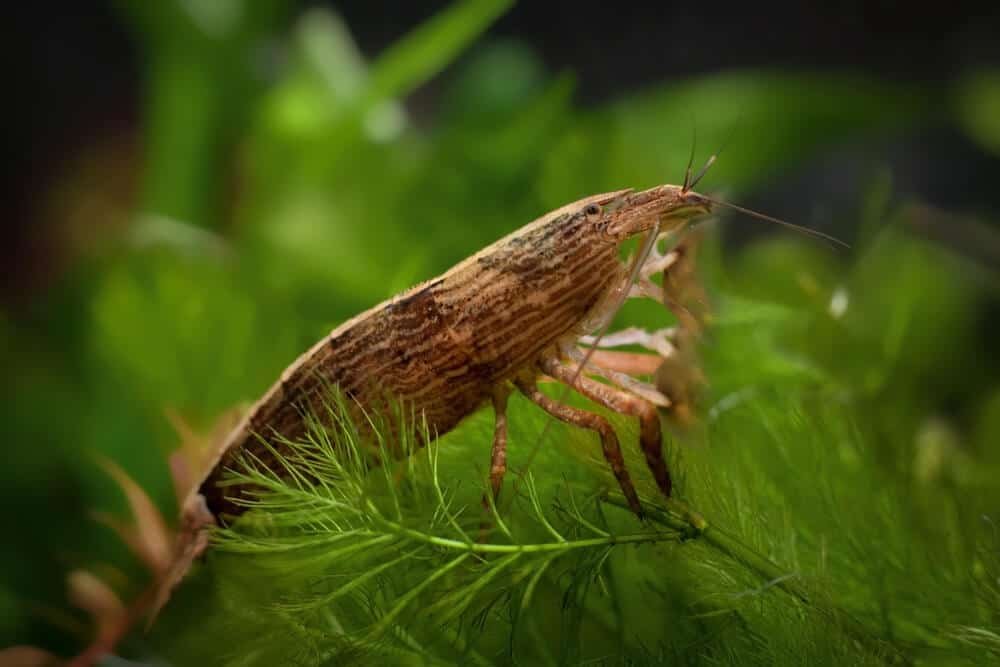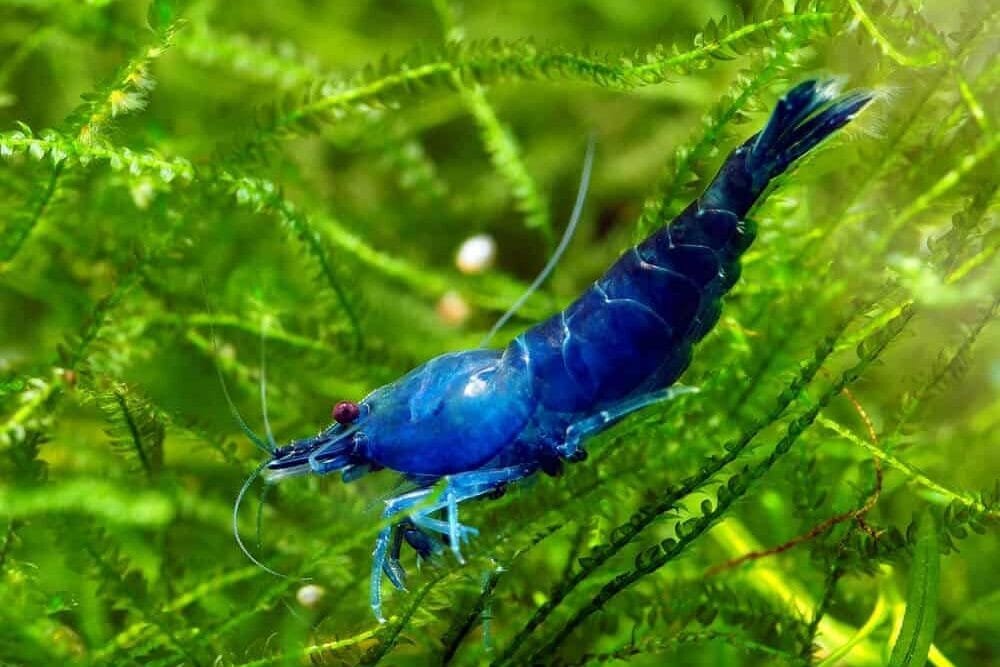Bloody Mary Shrimp Care: Essential Secrets for Success

If you’ve got a passion for all things aquatic and are looking to add a vibrant burst of color to your aquarium, look no further than the captivating Bloody Mary Shrimp. These small, exquisite creatures are known for their stunning deep red hue and are prized by many aquarium enthusiasts. However, their care can be somewhat challenging and requires a careful balance of water parameters and attention to detail. In this article, we will uncover the essential secrets to successfully caring for Bloody Mary Shrimp, including tips on tank set-up, water conditions, and feeding habits. Get ready to create a thriving environment for these delightful creatures and watch as your aquarium comes to life with their vibrant presence.
Tank Set-Up
Selecting the Right Tank
When it comes to setting up a tank for Bloody Mary Shrimp, choosing the right tank is essential. A tank with a capacity of at least 10 gallons is recommended to provide enough space for the shrimp to thrive. Additionally, selecting a tank with a solid cover is important to prevent the shrimp from jumping out.
Providing the Ideal Water Parameters
Bloody Mary Shrimp require specific water parameters to ensure their well-being. The ideal temperature for these shrimp is between 72 and 78 degrees Fahrenheit. It is crucial to maintain a stable water temperature, as sudden fluctuations can stress the shrimp and even lead to illness or death.
Creating Suitable Substrate
To mimic the natural environment of Bloody Mary Shrimp, it is important to choose a suitable substrate for the tank. Fine gravel or sand is recommended as it allows the shrimp to sift through it and forage for food. Avoid using sharp or rough substrates that may harm the delicate shrimp.
Adding Hiding Places
Bloody Mary Shrimp are naturally shy and prefer to have hiding places in their tank. Adding driftwood, rocks, or live plants can provide them with the perfect hiding spots. These hiding places not only make the shrimp feel secure but also create a visually appealing environment for your tank.
Choosing Appropriate Lighting
While Bloody Mary Shrimp don’t require intense lighting, the right amount of illumination is still important for their well-being. Providing a low to moderate light intensity, preferably with a spectrum in the 6500K range, will create a natural day-night cycle for the shrimp. Avoid bright lights that may cause stress or lead to excessive algae growth.
Water Conditions
Maintaining Proper Temperature
As previously mentioned, maintaining a stable water temperature is crucial for the well-being of Bloody Mary Shrimp. Fluctuations in temperature can stress the shrimp and weaken their immune system, making them susceptible to diseases. Using a reliable aquarium heater and regularly monitoring the water temperature will help ensure that the shrimp thrive in their tank.
Ensuring Good Water Quality
Optimal water quality is essential for the health of Bloody Mary Shrimp. Regularly testing the water parameters for ammonia, nitrite, nitrate, and pH levels is important to maintain a healthy environment. Performing water changes, using a good filtration system, and avoiding overfeeding will help keep the water clean and free from harmful substances.
Understanding pH Requirements
Bloody Mary Shrimp prefer slightly acidic to neutral water with a pH range of 6.4 to 7.6. It is crucial to monitor the pH regularly, as fluctuations outside this range can cause stress and negatively impact the shrimp’s health. Using pH stabilizers or buffers can help maintain a stable pH level in the tank.
Considering Water Hardness
Water hardness, measured by the concentration of dissolved minerals, also plays a significant role in the well-being of Bloody Mary Shrimp. These shrimp prefer slightly soft to moderate water hardness, with a range of 4 to 10 dGH (degrees of general hardness). Using a water hardness test kit and making necessary adjustments will ensure the shrimp thrive in the ideal water conditions.
Managing Ammonia and Nitrate Levels
Ammonia and nitrate levels can quickly build up in the tank and harm the Bloody Mary Shrimp. Regularly testing the water for these substances and keeping them at low levels is essential. Performing regular water changes, keeping the tank clean, and using a reliable biological filtration system will help manage ammonia and nitrate levels effectively.
Feeding Bloody Mary Shrimp
Providing Balanced Diet
To ensure the proper nutrition of Bloody Mary Shrimp, it is important to provide them with a balanced diet. A combination of high-quality shrimp-specific pellets, flakes, and frozen or live foods should be offered. These foods should contain essential nutrients, vitamins, and minerals that promote the shrimp’s growth and overall health.
Choosing Quality Food Sources
When selecting food sources for Bloody Mary Shrimp, opt for high-quality options. Look for reputable brands that specifically cater to the dietary needs of shrimp. Freeze-dried or frozen foods such as brine shrimp, daphnia, and bloodworms are excellent choices as they provide essential proteins and nutrients.
Frequency and Amount of Feeding
Bloody Mary Shrimp should be fed small amounts multiple times a day to mimic their natural feeding habits. As a general guideline, feed the shrimp an amount they can consume within 2-3 minutes. Overfeeding can lead to increased waste and negatively impact water quality, so be mindful of portion sizes.
Avoiding Overfeeding
Overfeeding is a common mistake made by shrimp owners. It is important to remember that shrimp have small digestive systems and excess food can lead to digestive issues and poor water quality. If uneaten food is left in the tank, remove it promptly to maintain a clean and healthy environment.
Supplementing Diet with Vegetables
To provide a well-rounded diet, supplement the Bloody Mary Shrimp’s food with vegetables. Blanched and peeled vegetables such as zucchini, spinach, or kale can be offered. These vegetables not only provide additional nutrients but also serve as a natural source of fiber for the shrimp.
Tank Mates
Selecting Compatible Species
When choosing tank mates for Bloody Mary Shrimp, it is important to select species that are compatible with their peaceful nature. Small, non-aggressive fish such as endlers, neon tetras, or dwarf rasboras can make suitable companions. Additionally, other peaceful shrimp species like the Amano shrimp or Cherry shrimp can be housed together with Bloody Mary Shrimp.
Avoiding Aggressive Tank Mates
Aggressive or territorial fish should be avoided as tank mates for Bloody Mary Shrimp. These fish can cause stress, harm, or even eat the shrimp. Aggressive cichlids, bettas, or larger predatory fish should be kept separate from the shrimp to ensure their safety.
Considering Similar Water Parameters
When selecting tank mates, it is important to consider species that have similar water parameter requirements as Bloody Mary Shrimp. This helps maintain stability in the tank and minimizes stress for all the inhabitants. Always research the specific water parameters required by the potential tank mates before introducing them to the shrimp tank.
Monitoring Behavior and Compatibility
After introducing tank mates, closely monitor their behavior and interactions with the Bloody Mary Shrimp. Any signs of aggression, chasing, or nipping should be addressed immediately by removing the problematic fish. Monitoring the compatibility between the shrimp and other tank mates ensures a harmonious and stress-free environment.
Creating Sufficient Space
To ensure the well-being of all tank inhabitants, it is important to provide sufficient space for each species. Overcrowding can lead to stress, aggression, and increased competition for resources. Aim for a well-stocked tank that allows each individual to move freely and exhibit natural behaviors without feeling cramped.
Breeding Bloody Mary Shrimp
Creating Optimal Breeding Conditions
Breeding Bloody Mary Shrimp can be a rewarding experience. To encourage successful breeding, it is important to create optimal conditions in the tank. Maintaining stable water parameters, providing hiding places, and offering a varied diet will help stimulate the shrimp’s reproductive behavior.
Separating Males and Females
To facilitate breeding, it may be necessary to separate male and female Bloody Mary Shrimp. This prevents overbreeding and reduces the risk of aggression towards females. Monitoring the shrimp for signs of molting and identifying the gender of each specimen will help determine the appropriate time for separation.
Encouraging Molting and Reproduction
Molting is a crucial part of the breeding process for Bloody Mary Shrimp. To encourage molting and subsequent reproduction, maintaining proper water conditions is essential. Providing a stable environment, a varied diet, and regular water changes will support the shrimp through their molting cycles and increase the likelihood of successful breeding.
Providing Adequate Shelter for Young
After successful breeding, the female shrimp will carry eggs until they hatch. It is important to provide adequate shelter for the young shrimp once they are released into the tank. Dense vegetation, moss, and fine-leaved plants can provide hiding places and protect the young shrimp as they grow.
Caring for Newly Hatched Shrimp
Newly hatched shrimp, known as fry, require special care to ensure their survival. Providing tiny food sources such as infusoria or powdered fry food is crucial during their early stages. Keeping the water clean, providing hiding places, and monitoring their growth and behavior will help the fry thrive and develop into healthy adults.
Water Maintenance
Performing Regular Water Changes
Regular water changes are essential for maintaining optimal water conditions in the tank. Performing weekly or bi-weekly water changes of around 10-20% helps remove accumulated waste, maintain water quality, and replenish essential minerals. Be sure to use a dechlorinator when adding fresh water to the tank.
Maintaining Proper Filtration
A good filtration system is vital for the well-being of Bloody Mary Shrimp. It helps remove excess waste, chemicals, and toxins from the water. Choose a filtration system that is appropriate for the tank size and regularly clean or replace filter media to ensure its efficiency.
Monitoring Water Parameters
Regularly testing the water parameters using reliable aquarium test kits is crucial for maintaining a healthy tank. Monitoring levels of ammonia, nitrite, nitrate, pH, and water hardness helps detect any imbalances or issues that may arise. Make adjustments as necessary to maintain stable and optimal water conditions.
Testing for Chemical Imbalances
In addition to monitoring water parameters, it is important to regularly test for any chemical imbalances in the tank. High levels of ammonia, nitrite, or nitrate can be harmful to Bloody Mary Shrimp and other tank inhabitants. Taking immediate action to lower these levels is crucial to prevent illness or even death.
Cleaning the Tank and Equipment
Maintaining a clean tank is essential for the overall health of Bloody Mary Shrimp. Regularly clean the tank walls, gravel or sand substrate, and any decorations to remove accumulated waste, algae, or debris. Additionally, ensure that the equipment, such as filters and heaters, are kept clean and functioning properly.
Common Health Issues
Identifying Signs of Stress or Illness
It is important to closely observe Bloody Mary Shrimp for any signs of stress or illness. Common indicators include lethargy, loss of appetite, unusual behavior, discoloration, or visible damage to their shell. Identifying these signs early on and taking appropriate action will help prevent the spread of disease and ensure the shrimp’s well-being.
Addressing Parasites or Diseases
Bloody Mary Shrimp can be susceptible to various parasites and diseases. Common issues include bacterial infections, fungal infections, or parasitic infestations. Treating these issues promptly with appropriate medications or treatments, as recommended by an aquatic veterinarian or knowledgeable fish store professional, is essential for the shrimp’s recovery.
Dealing with Molting Problems
Molting problems can occur in Bloody Mary Shrimp, especially during the molting process. If a shrimp becomes stuck during molting or loses a limb, it is important to provide a stress-free environment and ample hiding places to allow for successful molting. Ensuring proper water conditions and a balanced diet will also contribute to the shrimp’s overall molting success.
Handling Shell Issues
Shell issues, such as eroding or cracking shells, can be a cause for concern in Bloody Mary Shrimp. These issues can be attributed to poor water quality, improper nutrition, or inadequate molting. Maintaining optimal water conditions, providing a well-rounded diet, and addressing any underlying issues promptly will help prevent and treat shell problems.
Preventing and Treating Bacterial Infections
Bacterial infections can be a serious health issue for Bloody Mary Shrimp. These infections often manifest as discoloration, lethargy, or ulcers on the shrimp’s body. Preventing bacterial infections through good water maintenance, proper nutrition, and a stress-free environment is crucial. If an infection occurs, consult with a knowledgeable professional for appropriate treatment options.
Avoiding Common Mistakes
Rapid Changes in Water Parameters
One of the common mistakes to avoid is making rapid changes in water parameters. Gradual changes in temperature, pH, or water hardness are crucial to prevent stress and shock to the Bloody Mary Shrimp. Sudden changes can disrupt their natural balance and lead to health issues.
Using Unsuitable Substrate
Using unsuitable substrate can be detrimental to the health of Bloody Mary Shrimp. Avoid sharp or rough substrates that can harm the delicate shrimp’s exoskeleton. Additionally, substrates that release harmful chemicals or alter water parameters should be avoided. Opt for fine gravel or sand that is safe and suitable for the shrimp.
Overcrowding the Tank
Overcrowding the tank is a common mistake that can lead to stress, aggression, and negative impacts on water quality. Ensure that the tank is appropriately sized for the number of shrimp and tank mates you plan to keep. Providing sufficient space is vital for the well-being of the shrimp and other inhabitants.
Mismatching Tank Mates
Choosing incompatible tank mates can cause stress and harm to Bloody Mary Shrimp. Avoid introducing aggressive or predatory species that may harm or eat the shrimp. Always research the compatibility of potential tank mates and consider their requirements for water parameters, behavior, and size.
Neglecting Water Maintenance
Neglecting water maintenance can lead to a decline in water quality, which in turn affects the health of Bloody Mary Shrimp. Regularly performing water changes, monitoring water parameters, and ensuring proper filtration helps maintain a clean and stable environment for the shrimp. Neglecting these tasks can lead to potential health issues and reduced lifespan for the shrimp.
Observing Behavior
Understanding the Natural Behavior of Bloody Mary Shrimp
Observing the natural behavior of Bloody Mary Shrimp is a fascinating aspect of keeping them as pets. These shrimp are generally peaceful and spend their time foraging for food, exploring their surroundings, and seeking hiding places. Observing their natural behavior helps owners understand their needs and enables them to provide a suitable environment.
Recognizing Social Interactions
Bloody Mary Shrimp engage in social interactions with their tank mates. They often display peaceful coexistence, foraging together, and socializing within the hierarchy of the group. Recognizing these social interactions can be a delightful aspect of observing the shrimp and provides insight into their behavior and communication.
Noticing Feeding Patterns
Feeding patterns of Bloody Mary Shrimp can provide valuable information about their health and well-being. Observing how they feed, how much they consume, and their enthusiasm for food can indicate their overall health, nutritional intake, and potential issues such as stress or illness. Noticing feeding patterns helps owners assess the shrimp’s condition and make necessary adjustments to their diet or environment.
Monitoring Molting Process
Molting is an integral part of the Bloody Mary Shrimp’s life cycle. It is essential to monitor the molting process to ensure successful molts and prevent any complications. During molting, the shrimp will shed their old exoskeleton and appear soft and vulnerable. Observing this process helps determine the shrimp’s overall health and how well they are adapting to their environment.
Reproductive Behavior
Observing reproductive behavior is crucial for successful breeding of Bloody Mary Shrimp. Female shrimp carrying eggs and the courtship rituals between males and females are fascinating to witness. Observing their behavior during this process allows owners to identify when breeding is occurring and ensure the proper conditions are in place to support the shrimp during this crucial phase.
Conclusion
Providing Optimal Care for Bloody Mary Shrimp
With proper care and attention to their specific needs, Bloody Mary Shrimp can thrive in a well-maintained aquarium. Providing suitable tank set-up, ideal water parameters, a balanced diet, and compatible tank mates are essential for their overall health and well-being.
Enjoying the Beauty of these Fascinating Creatures
Keeping Bloody Mary Shrimp is a rewarding experience as they exhibit unique colors and behaviors. Their vibrant red coloration adds a touch of beauty to any aquarium, and observing their natural behaviors can be both fascinating and enjoyable.
Continuous Learning and Improving
Caring for Bloody Mary Shrimp is a journey of continuous learning and improvement. As with any aquatic hobby, there is always something new to discover and ways to enhance the well-being of these fascinating creatures. Staying curious, open to new information, and continually improving care practices will benefit the shrimp and contribute to a fulfilling experience.
Rewarding and Satisfying Experience
Successfully maintaining a tank of Bloody Mary Shrimp is a rewarding and satisfying experience. Witnessing their vibrant colors, observing their behavior, and seeing them thrive under your care is deeply fulfilling. The effort put into creating an optimal environment and providing proper care is undoubtedly worthwhile.
Sharing Knowledge with Other Enthusiasts
Being part of the Bloody Mary Shrimp keeping community provides an opportunity to share knowledge and experiences with other enthusiasts. Sharing tips, advice, and experiences contributes to the growth and development of the hobby, promotes responsible care practices, and strengthens the community bonds.
Caring for Bloody Mary Shrimp requires attention to detail, proper understanding of their needs, and dedication. By providing the ideal tank set-up, maintaining optimal water conditions, offering a balanced diet, selecting compatible tank mates, and vigilant observation, you can ensure the well-being and longevity of these captivating shrimp. Enjoy the beauty and wonder that Bloody Mary Shrimp bring to your aquarium, and continue to expand your knowledge and share your experiences with others in the hobby!
